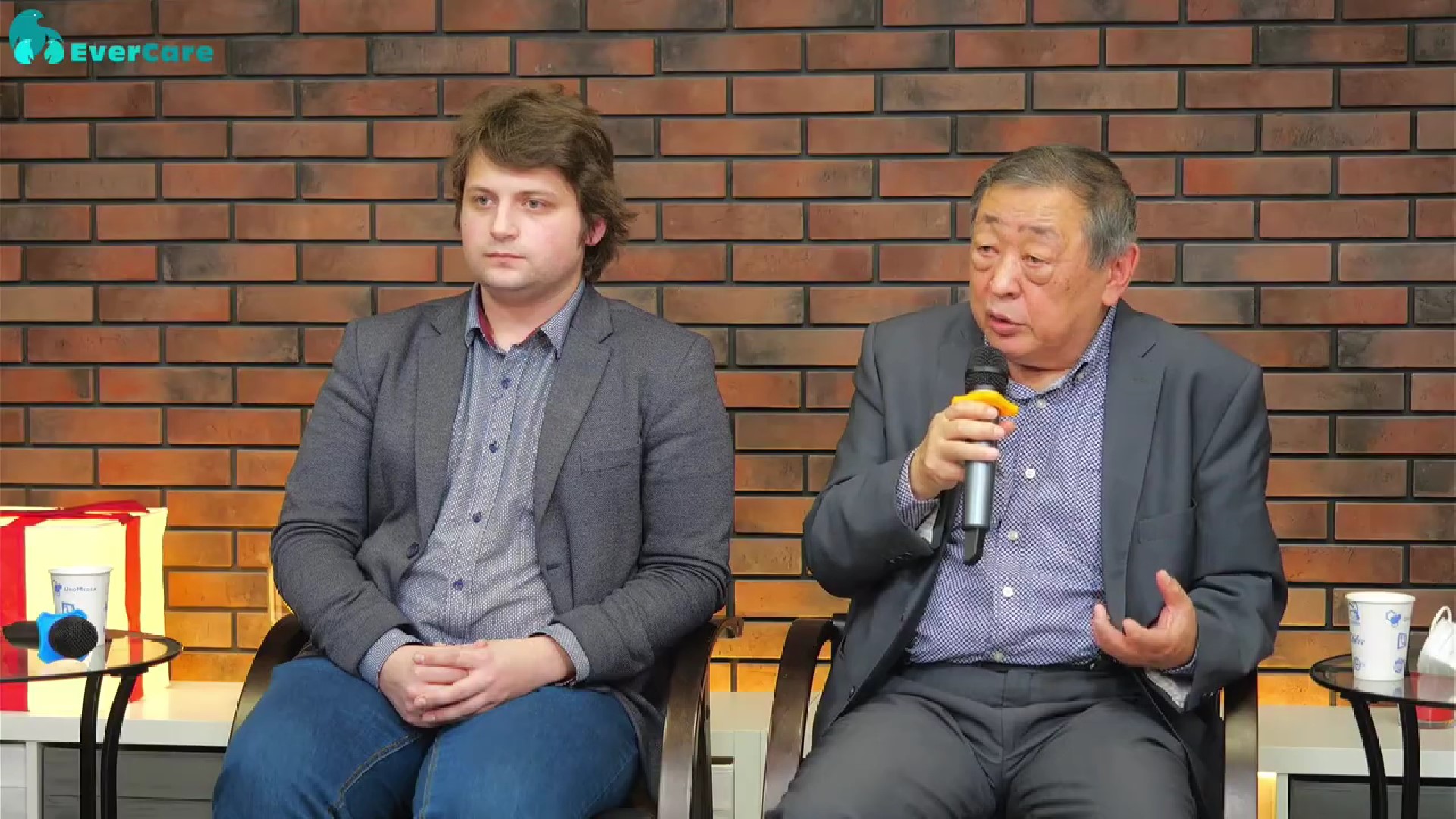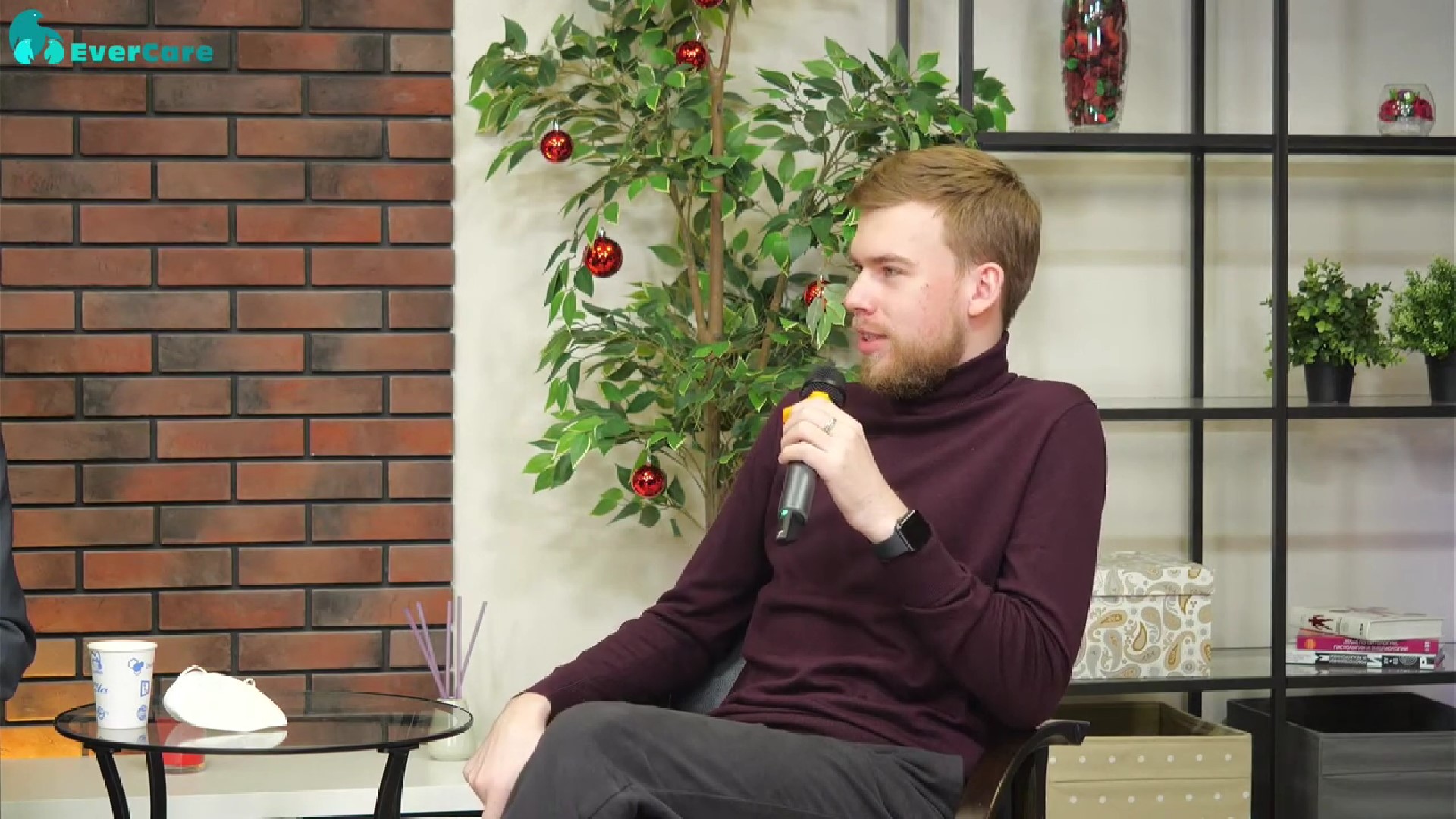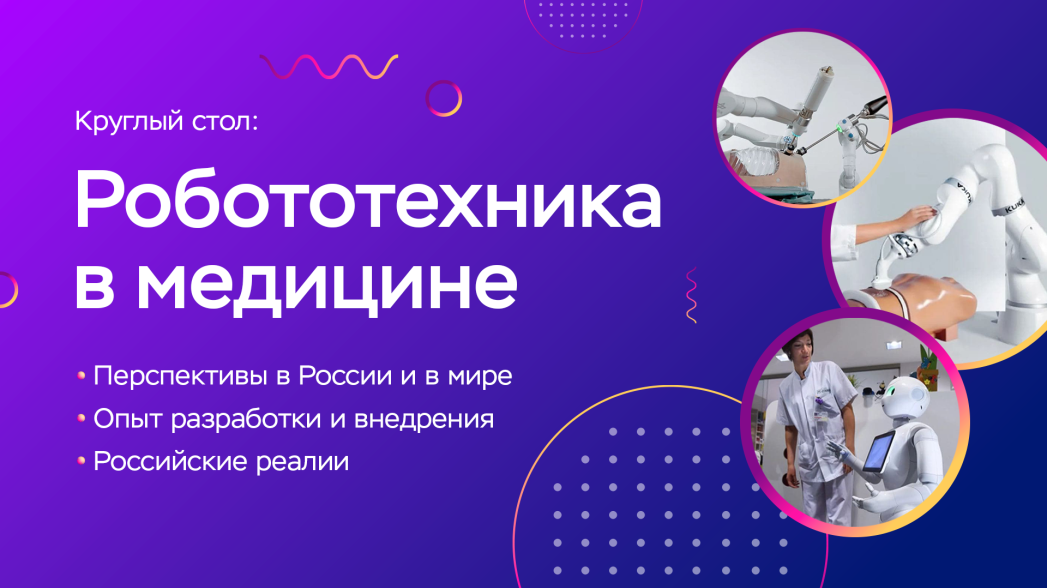Robotics in domestic healthcare is poorly represented. At the same time, there are many bottlenecks in the industry where the use of the simplest robots could bring positive changes. This was discussed during the round table "Robotics in Medicine", which was held on the evercare.ru portal on December 13.
What is considered a robot
Igor Shaderkin, Candidate of Medical Sciences, Head of the Laboratory of the Institute of Digital Medicine of the First Moscow State Medical University. THEM. Sechenova: Usually, when it comes to robots in healthcare, fellow doctors, especially urologists, present the da Vinci surgical system, which is made in the USA. But, being a doctor and head of the e-health laboratory at Sechenov University, I have to travel to various exhibitions and clinics both in Russia and abroad, and I must say, there is a somewhat broader understanding of medical robotics. These are robotic manipulators, and telepresence robots, and assistive robots, and exoskeletons.

Nikolay Bodunkov, member of the RoboScan development team, associate professor of the Department of Information and Control Systems of the Aircraft, Moscow Aviation Institute: In the 18th century, beautiful mechanical dolls were developed, which were called automatons. For example, the automaton — boy writing a letter. Moreover, he had several options for letters. Or a dancing girl. Or a Turk playing chess. They are considered the ancestors of robots.
In the modern sense, the term robot consists of three main elements. First — it's an action. The second — sensory system. Third — “intelligence”, a control system, that which unites and organizes all this into purposeful action. If any of these blocks is missing, then it is rather a conveyor, an automatic machine, but not a robot in the full sense of the word.
What are robots for
Nikolay Kim, RoboScan Scientific Consultant, Professor of the Department of Information and Control Systems of the Aircraft of the Moscow Aviation Institute, Head of the Laboratory of Robotics and Vision Systems: In my opinion, the problem with robots is not perceived quite correctly, primarily by the population . Robots — just a tool that helps us to live. There comes a time when technological progress confronts us with a choice: to use human resources to solve a problem that has arisen, or automation, which includes robots. For example, for the simplest patient care.
If it turns out that it is more economically profitable to organize the movement of an autonomous cart with medicines, bed linen than to involve nurses or someone else, then the choice is obvious: robots. In order to answer the question of what kind of robotization is needed now, experts are needed who will say: we have human, economic problems in this area, in this area, let's try to solve them. Then the movement in this direction will be understandable, smooth.

In my opinion, we should start with robots that perform simple operations: routine, requiring great physical strength. And the highest level of robots — those that are in direct contact with the person will implement later.
One of the simplest problems we tried to solve, — evacuation of the wounded from the battlefield. It turns out that taking and lifting a person from the ground is incredibly difficult, because we do not know what kind of damage he has. The same is true for hospital patients. This work — transferring patients, which is difficult for medical personnel, is also difficult for robots to do on their own. Therefore, for the time being, we are talking about helping a patient who is conscious and who has some kind of physical activity. And this is unlikely to change in the near future.
Thus, we start with simple operations: distributing medicines, delivering food, when there is no direct contact with the sick, and gradually move on to collaboration. This is the future.
Nikolay Bodunkov: The patient will not lie flat on the couch, he will not stand at attention. It moves, it hurts, and a real medical robot must take all this into account, must respond to the patient, be responsive. What does collaborative robot mean? What does human interaction mean? This means that he must "understand", "feel" a person, and the robot in the "head" there should be some model how to make a person even better.
Is there a demand for robots in Russia
Igor Shaderkin: Demand creates supply, but sometimes supply creates demand. A good example — smartphones. When they were not there, people used push-button or rotary phones, and there was not the slightest idea that these apparatuses may be different. Much brighter example with cars. When Henry Ford created his car, everyone was surprised: "Why are you doing this when all decent people ride horses?"
Personally, I have seen collaborative robots that help make the bed in the hospital and shift the bed patient. And if we ask some Central District Hospital, which has a shortage of funds: “Do you need such a robot?”, It seems to me that the answer will be obvious: “No, what are you, why do we need it, these are extra costs !”
I think it's worth telling the professional community more about the existence of such a technique and suggesting different solutions.
The main advantage of robots, in my opinion, — repeatability: from time to time he does the same thing in exactly the same way. There may be mistakes. But he does everything exactly the same. And this is very important. After all, a person — depending on his state of health, status — may deviate from the protocol, make some adjustments to the routine. Robot — no.
Unfortunately, there are very few companies and startups in Russia that are engaged in robotics for medicine. Even when preparing this round table, we tried to invite colleagues, raised all our resources, and it turned out that there are very few such startups. Despite the fact that this is a very promising direction and a large market.
Technological barriers
Nikolai Bodunkov: Earlier I named three components of robots, and each of them has barriers. But most of them lie in the plane of robot control and their “thinking” activity. How to organize their interaction with a person? How to teach them to adapt to a person?
Nikolay Kim: In my opinion, there are no technological restrictions today, but there are financial ones. Some operations are extremely difficult to implement, because a huge number of sensors, actuators, sensors are required. They are not produced in Russia because there is no demand for them. All these elements at a fairly low price are easier to purchase abroad. This is the problem.
As a patriot, I believe that we need to have a full-cycle production. The USSR was completely self-sufficient and was not afraid that someone would refuse us and not sell something. And today there are such risks, and many countries, including the United States, have already felt their consequences: enterprises are curtailing production, as they are not provided with raw materials, components, and active ingredients supplied from China and India.
Registration of medical robots
Igor Shaderkin: If we are talking about medical robots, then, of course, these are medical devices. And here we must follow the rules that exist in our industry. But there is a problem here. In our country, this is also noted by foreign colleagues, there is a non-transparent system for obtaining a registration certificate. Perhaps the registration process itself is no more difficult than in the US or Western Europe, but nevertheless it is not very controllable.
Nikolay Kim: According to international standards, collaboration is seen as ensuring human security. This means that when a robot, for example, a manipulator, moves, it is necessary that it be able to stop in time, avoid a collision with a person, give an emergency signal, and warn that it is approaching. If the robot takes a person by the hand, it should not create discomfort and cause pain. All this should also be taken into account by the manufacturer, the regulator, and the legislation in this area needs to be improved. Otherwise, we will have robots, but de jure it will be impossible to use them. All this should happen in parallel.
Igor Shaderkin: In connection with the registration of robots, another difficulty arises. There are many grants that are given out for robotics projects, but the conditions state that upon completion of the grant — in a year or two — you must immediately show sales. For medicine, this is a disaster, because you cannot sell a robot without a registration certificate. It turns out that medical specifics are not taken into account in the conditions of the grant.
It must be understood that medicine is very heavily regulated and if we give funds, then it should be long money, with a slow return. Because of this overregulation, even major players do not want to enter the healthcare market, it is easier for them to make some kind of service robot that will shoot, fly, but not help the patient.
Do we need a law on robotics
Igor Shaderkin: Do we need a separate law — big question. At one time, we actively discussed it in relation to telemedicine. I was a supporter of a separate normative act. But time has passed and my opinion has changed. Creation of the law — this is the way to the regulation of the industry, which will seriously hamper its development. The rules are written in such a way that it is very difficult for them to follow. So the law is needed only if it helps the development of the industry. You have to be careful with this.
Nikolay Bodunkov: We need a law. But work in the legislative area should be more systematic.
Nikolay Kim: First of all, of course, it is necessary to ensure security and adherence to the principle of "do no harm". It is necessary to understand what threats are present in order to prevent them and prevent hasty technical solutions from entering the market. To do this, you first need to conduct a pilot project on the basis of one or two hospitals, see how it all works in practice, and based on the experience gained, write rules and requirements.
Igor Shaderkin: First you need to do something, and only then adjust. Otherwise, we will not get off the ground. Our security may be much more threatened if we do not have domestic robots and depend on foreign manufacturers, or if we lose access to these robots or their components due to new sanctions. Then we will not have robots, but there will be wonderful laws about them.
Here it is worth talking about the need to develop competition. In Russia, there is now a trend towards giving the development of entire industries to state corporations. It seems to me that this is not quite promising and correct.
What state support is needed
Igor Shaderkin: Returning to what was said earlier, the conditions for obtaining grants today are extremely difficult. For example, it is required that the scientific supervisor of the project has an h-index of 30. Biologists, chemists, physicists can have such a high index, but in medicine this is a unique situation. Such a condition cannot be called anything other than a barrier. We need to lower the degree of requirements a little.
Nikolay Kim: Medicine belongs to social spheres. It is not necessary to expect any effective profits from it. This is the task of the state — to invest in medicine so that the population is healthy. I agree that the bar for these grants should be changed.
Plans for 2022
Ilya Efremov, RoboScope project manager: We are planning to get Skolkovo resident status and a grant. The second stage — start the registration process. And in parallel we will actively pilot. While our application is being considered by Roszdravnadzor, we plan to cooperate with universities, hospitals to do science, collect and analyze data.

Nikolay Bodunkov: We are also planning to make a prototype and start registration.
Igor Shaderkin: In 2021, we finally had a team that was able to raise the ultrasound robot to its feet, “revive”. We have high hopes for both it and the robotic microscope.
I would like to see more startups in the field of robotics appear on the domestic market next year. I believe that this industry in medicine has a very bright future. And so I would like it to develop more dynamically.
From EverCare.ru







